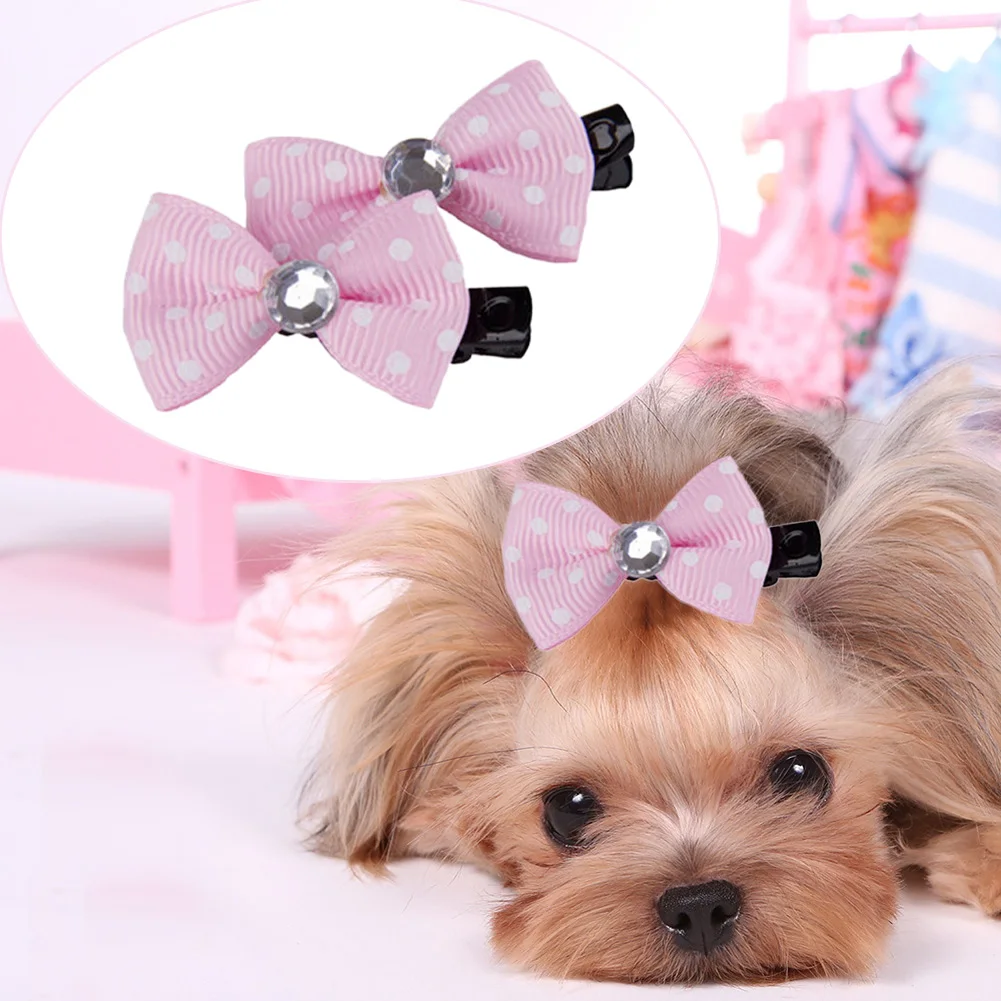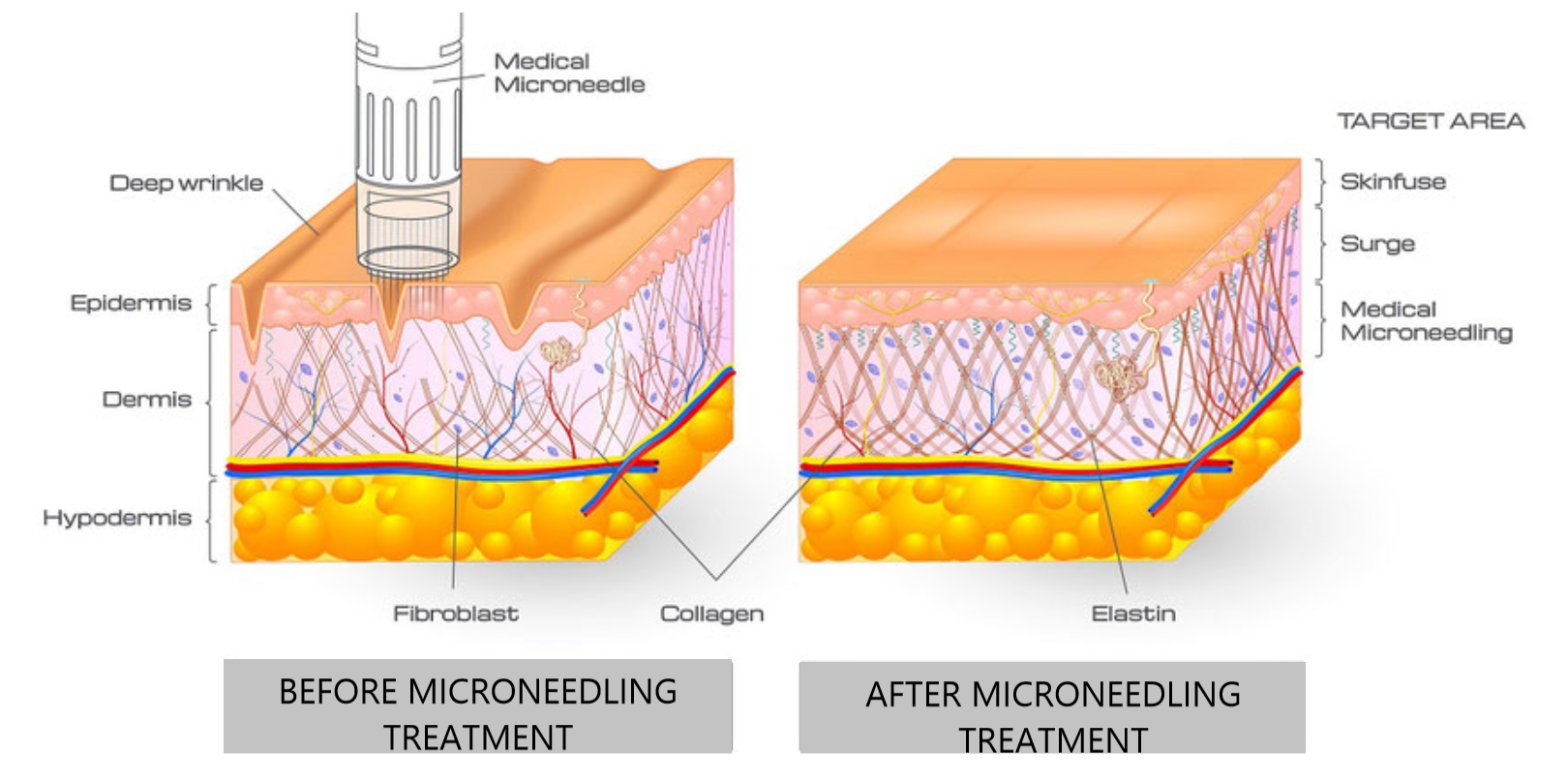Table Of Content

The two types of melanin produced by dogs are eumelanin, which produces black and brown colors, and pheomelanin, which produces red and yellow colors. The amount and distribution of these pigments determine the color of a dog’s coat. The production of melanin can be influenced by a variety of factors, including genetics, hormones, diet, and environment.
Tips on introducing creative grooming in your salon
3.Bi-color coat patterns feature two colors, such as black and white or brown and white. In conclusion, understanding the different coat patterns of dogs can help you identify your pet and appreciate its unique beauty. This coat pattern is similar to the black and white piebald pattern, but with brown patches instead of black. The brown and white patches can be irregular in size and shape and can occur in various shades of brown. This coat pattern is often seen in breeds such as the Beagle, Cocker Spaniel, and English Setter.
Marrying Style with Utility
This allows the pet owners to make adjustments if any are required. We suggest that anyone with concerns regarding the legality of dog hair dye do their own due diligence and check with their local state laws surrounding animal cruelty. Sometimes it may take repeated washes to remove all the color from your dog’s coat. To avoid irritation and potentially drying your pup’s coat out, we suggest spacing out your pooch’s baths a bit to let her skin recover. And, while we hate to be the bearers of bad news, hair dyes rarely work well for dark-colored doggos.
Dog owner defends dyeing pet's fur to resemble 'The Grinch' for Christmas - Newsweek
Dog owner defends dyeing pet's fur to resemble 'The Grinch' for Christmas.
Posted: Wed, 07 Dec 2022 08:00:00 GMT [source]
Steps for Dyeing Your Dog's Hair
Always read the dog fur dye product's label before attempting to use it. These natural methods are much safer and less damaging to the dog's skin, fur, and overall health. With the use of the proper products (with no dangerous chemicals) and following the exact instructions on the label, dying a dog's hair can be completely safe. In addition to their popular pawdicure polish pens, Warren London also have a temporary fur color product. As dog owners we have a duty to take care of our pets and always look out for their best interest. These products generally last from 1-3 washes and are great for quick colorful changes to pets without the long-term commitment.
Top Performance Dog Hair Dye Gel
Make sure to protect your dog's eyes and ears before applying the dye. Also, you’ll want to dye your dog in an area of your home that you can easily clean, as the hair dye may cause stains. Your dog will have the perk of our pet-safe shampooing and conditioning.
Dog fur color can vary greatly from breed to breed, and even within the same breed. Some dogs have solid coat colors, while others have patterns, such as spots or stripes. The color of a dog’s fur is determined by many different factors, including genetics, diet, environment, and age. It is important for dog owners to understand what can cause changes in their pet’s fur color, and when those changes may be a cause for concern. In addition to texture, color is another distinguishing characteristic of a dog’s coat. As mentioned before, the most common dog coat colors include black, white, red, brown, cream, grey, and fawn.
Some breeds may also have a specific shade of the color as part of their breed standard, so it’s important to do research if you’re looking for a specific shade. Brown is a rich and earthy color, and is often found in breeds such as the Labrador Retriever and the Cocker Spaniel. Brown can range from a dark chocolate to a lighter, caramel-colored shade.
How to Choose the Right Color for My Dog’s Hair?
Black ticking, also known as peppered, is a coat pattern where small black flecks are sprinkled throughout a lighter colored coat. This pattern can range from light to heavy, depending on the amount and size of the flecks. Red sable, on the other hand, has a reddish-brown or mahogany base coat with black or dark brown tipping on the fur or hairs of dog. Let's dive right into it, how about we unleash your dog's style with colorful hair dye options? There is a fascinating new trend sweeping the pet world, and it's all about color.
Puppylocks Dog & Cat Fur Chalk – Best for Puppies
If you’re looking to create complicated, intricate color patterns, you may want to look elsewhere, as this formula can be runny. Cleanup is also a buzzkill, so make sure you have supplies ready to avoid staining. This dye also appears to fade faster than some other options too. This means, among other things, you’ll want to turn your nose up at products that aren’t specifically designed for dogs. This will help you avoid using a dye with ingredients that may be harmful to your pooch. It’s fair to wonder why you’d dye your dog’s hair in the first place.
Environmental factors, such as sunlight and exposure to chemicals, can also affect a dog’s coat color. Environmental factors can also interact with genetics to produce unique coat colors and patterns. The color of a dog’s fur is determined by the production of pigments called melanins. Melanins are produced by cells called melanocytes, which are located in the hair follicles.
So, as we have already mentioned, the perfect example of a gold dog is the Golden Retriever. There are many dog breeds that come in this color, and you must have seen a lot of them in your life. This pattern is similar to black, white, and tan, but with brown replacing the black. It is often seen in breeds such as the Cocker Spaniel and the Basset Hound.

No comments:
Post a Comment